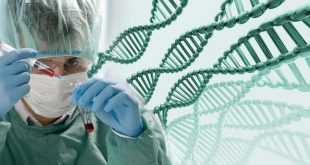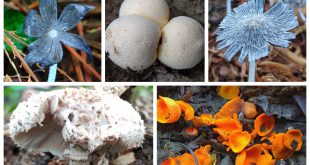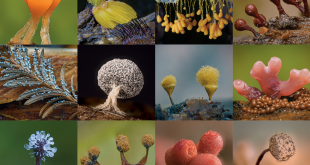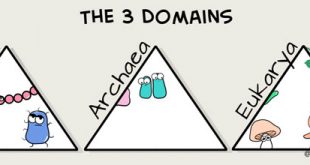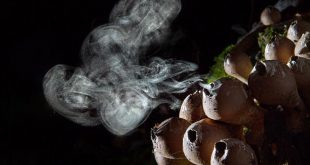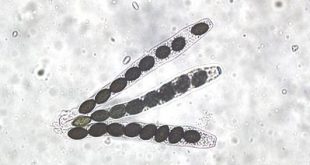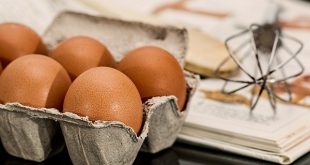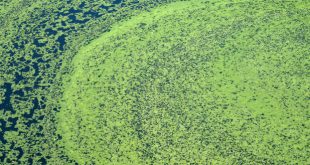Mutations are tools to study the nature and functions of genes, as well as to generate raw materials for genetic improvements of crop plants. Many crop varieties with better quantitative, qualitative, and economic value have been developed using it. Recognizing the relevance of this technique in a country’s agricultural development, …
Read More »Fungi: A Kingdom of Achlorophyllous Eukaryotes
Fungi {sing. fungus (L.) = sphongos (Gr.) – sponge} are a kingdom of usually multicellular, eucaryotic, spore-producing, achlorophyllous organisms with absorptive nutrition that generally reproduce both sexually and asexually and whose usually filamentous, branched somatic structures, known as hyphae, typically are surrounded by cell walls. Currently, over 1.5 million species …
Read More »Slime Molds: The Most Charismatic and Clever Single Cell You’ll Meet Today!
Slime mold or slime mould is an informal name given to several kinds of unrelated eukaryotic organisms that can live freely as single cells, but can aggregate together to form multicellular reproductive structures. Slime molds were formerly classified as fungi but are no longer considered part of that kingdom. Although not forming …
Read More »Classification of Life: The Three Domain Concept
A domain is the highest taxonomic level of species in biology. In 1977, Woese and his coworkers developed the groundbreaking three-domain system. They proposed this classification based on differences in the sequences of nucleotides in the cell’s ribosomal RNAs (known as 16S rRNA). They created the first worldwide tree of …
Read More »Basidiomycetes: Characteristics & Classification
The fungi comprising the phylum Basidiomycota commonly are known as basidiomycetes. It is a large phylum that includes forms commonly known as mushrooms, boletes, puffballs, earthstars, stinkhorns, birds-nest fungi, jelly fungi, bracket or shelf fungi, and rust and smut fungi. Salient features Habit and habitat Both parasite and saprophytic. Some …
Read More »Ascomycetes: An Introduction to the Sac Fungi
The phylum Ascomycota (colloquially called ascomycetes) is by far the largest group of fungi, estimated to include more than 32000 described species in 3400 genera (Kirk et al., 2001). It is assumed that the majority of ascomycetes has yet to be discovered, and the total number of species may well …
Read More »Protein: Discovery, Characteristics, and Structures
The word protein refers to a type of molecule in food that can be broken down into amino acids. They are biochemical compounds consisting of one or more polypeptides typically folded into a globular or fibrous form, facilitating a biological function. Protein accounts on average about 1/4th to 1/3rd of …
Read More »Algae: An Introduction
Phycology or algology is the study of algae. The word ‘Phycology’ is derived from the Greek word ‘Phykos’ meaning seaweed. The algae are thallophytes (plants lacking roots, stems and leaves) that have chlorophyll as their primary photosynthetic pigment and lack a sterile covering of cells around their reproductive cells or …
Read More » Plantlet The Blogging Platform of Department of Botany, University of Dhaka
Plantlet The Blogging Platform of Department of Botany, University of Dhaka
